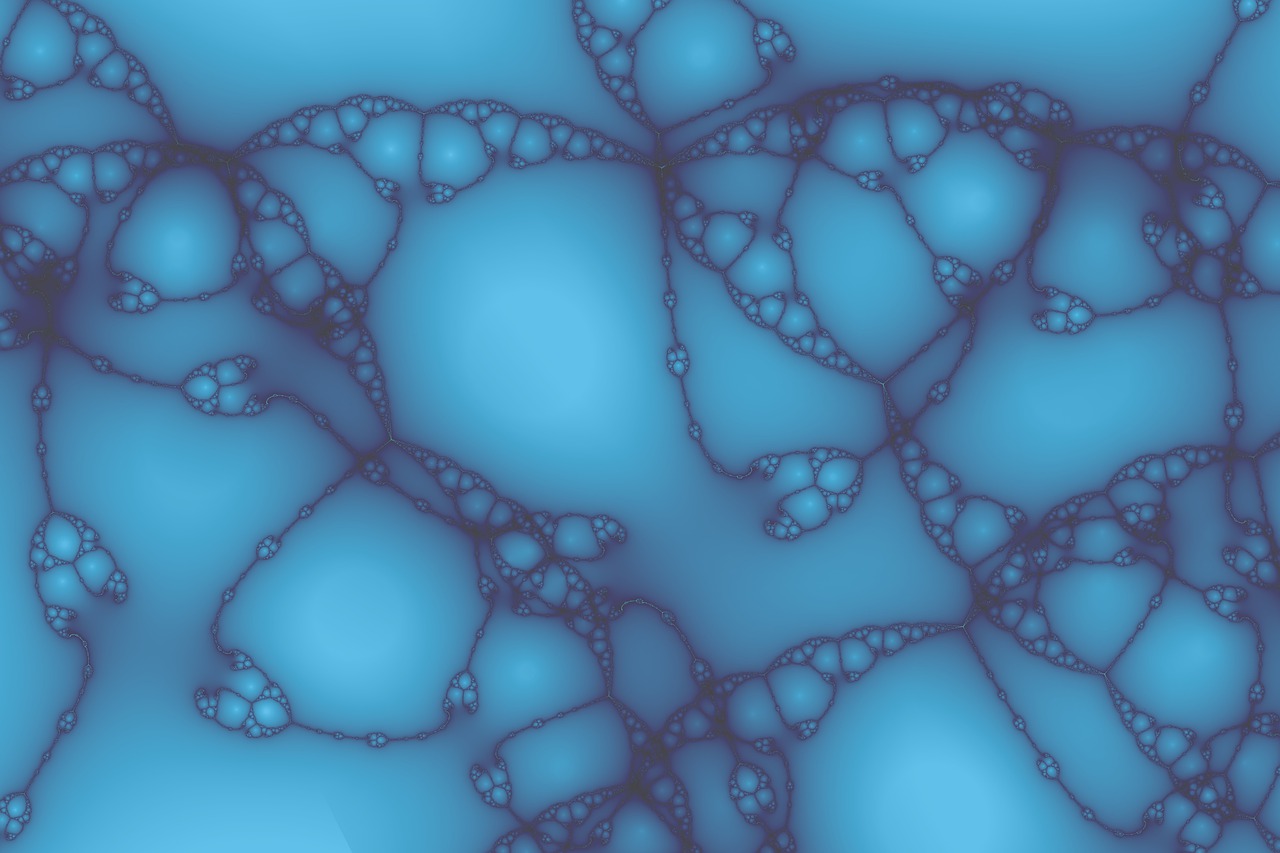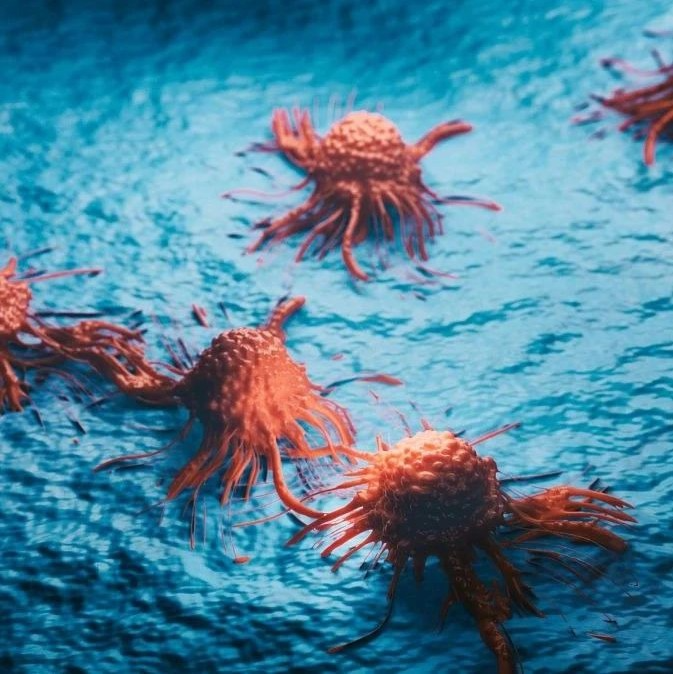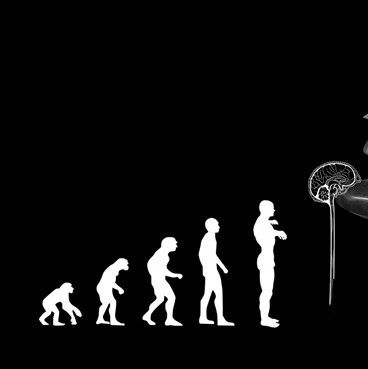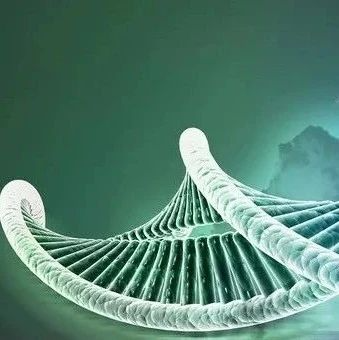德科学家首次成功揭示病菌组装致病因子运输系统的基本机制。该发现对研发比抗生素更有效的抗感染药物有重要意义。相关研究发表在6月13日的《自然―结构与分子生物学》期刊上。
人体组织每天都会受到各种病原体的攻击。大多数病原体会被人体免疫系统击退。因此,要发生感染,病菌就必须有针对性地绕过宿主的免疫系统。于是病菌生成了所谓的致病因子,并通过一个传输系统将其导出细胞膜外,有针对性的送入宿主细胞。一些病菌,如痢疾、食物中毒、伤寒和鼠疫的病原体,发展出了一种特别的运输系统,被命名为III型分泌系统。在电子显微镜下,这一分泌系统看起来就像一个注射器,其中注射器体嵌入在病菌细胞膜内,针头指向外面,病菌可以利用这种纳米注射器直接将致病因子注入宿主细胞。
此前,科学家们对这些病菌如何建立这样的纳米注射器知之甚少。现在,马克斯普朗克感染生物学研究所和生物物理化学研究所的研究人员,与联邦材料研究与测试研究院的科学家共同破解了这一注射器组装的基本机制。他们的分析已被验证,因为研究人员已在试管中成功组装出这种注射器装置。该研究展示了蛋白质如何组装成一个空心针:病菌在细胞内部合成蛋白质,然后通过注射器把它排到外面,把它们一个接一个地置于不断增长的针头上。此外,科学家们还发现,在构成针的时候蛋白质会改变其空间结构。通过X光和核磁共振光谱,研究人员成功追踪了针结构形成中每个蛋白质氨基酸的结构变化。
该发现在研发可在感染早期阶段起作用的药物方面开辟了一条新的道路。这些被称为抗感染药物的高效物质,将可以阻止注射器的形成,以及致病因子渗透进入宿主细胞。与抗生素相比它们将有巨大的优势,因为抗生素必须通过细胞膜进入病菌的细胞内才能发挥作用。抗生素还不能区分致病病菌和有益病菌,往往导致不良的副作用。另外,这样的抗感染药物还能够克服不断发展的抗生素耐药性问题。
《自然―结构与分子生物学》发表论文摘要(英文)
Nature Structural " Molecular Biology | Article
Protein refolding is required for assembly of the type three secretion needle
Ömer Poyraz,Holger Schmidt,Karsten Seidel,Friedmar Delissen,Christian Ader,Hezi Tenenboim,Christian Goosmann,Britta Laube,Andreas F Thünemann,Arturo Zychlinsky,Marc Baldus,Adam Lange,Christian Griesinger" Michael Kolbe
Nature Structural " Molecular Biology
Year published: (2010)
doi:10.1038/nsmb.1822
Received 08 November 2009 Accepted 01 April 2010 Published online 13 June 2010
Abstract
Pathogenic Gram-negative bacteria use a type three secretion system (TTSS) to deliver virulence factors into host cells. Although the order in which proteins incorporate into the growing TTSS is well described, the underlying assembly mechanisms are still unclear. Here we show that the TTSS needle protomer refolds spontaneously to extend the needle from the distal end. We developed a functional mutant of the needle protomer from Shigella flexneri and Salmonella typhimurium to study its assembly in vitro. We show that the protomer partially refolds from α-helix into β-strand conformation to form the TTSS needle. Reconstitution experiments show that needle growth does not require ATP. Thus, like the structurally related flagellar systems, the needle elongates by subunit polymerization at the distal end but requires protomer refolding. Our studies provide a starting point to understand the molecular assembly mechanisms and the structure of the TTSS at atomic level.







